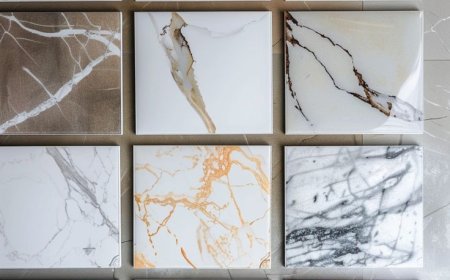Preserving the Past: The Craft of Historic Window Restoration and Repointing of Stone
Historic buildings are more than just old structuresthey are stories built in stone, wood, and glass. To maintain their legacy and strength, careful restoration is essential. Two vital techniques in this process are historic window restoration and repointing of stone. Together, they help protect both the aesthetic and structural integrity of heritage architecture.
The Beauty and Purpose of Historic Window Restoration
Windows in historic buildings are often handcrafted with intricate woodwork, original glazing, and period-specific hardware. These elements give buildings their unique character and charm. However, due to years of weather exposure, lack of maintenance, and aging materials, windows can fall into disrepairoften leading to the temptation of full replacement.
Historic window restoration is the ideal alternative. Rather than replacing the original windows with modern versions that may not match the buildings design, restoration revives the existing ones using specialized techniques. This process includes:
-
Repairing or replacing rotted wood with matching timber
-
Reglazing cracked or missing glass using traditional putty methods
-
Restoring sash cords, pulleys, and locks to full function
-
Repainting with historically accurate colors and finishes
-
Improving insulation discreetly to enhance energy efficiency
By preserving the original elements, historic window restoration maintains the buildings authenticity, enhances visual appeal, and promotes sustainability by minimizing waste.
The Structural Significance of Repointing of Stone
Stone masonry is one of the most enduring features of historic buildings. While the stones themselves may last centuries, the mortar that binds them naturally deteriorates over time. Weather, moisture, and pollutants can cause mortar to crack or crumble, threatening the structural integrity of the entire wall.
Repointing of stone is the process of carefully removing damaged mortar and replacing it with new mortar that closely matches the original in texture, color, and composition. Done properly, this process strengthens the building and restores its appearance. Key steps include:
-
Raking out old mortar using hand tools to prevent stone damage
-
Mixing lime-based mortar to match the historic recipe
-
Applying new mortar in layers and shaping it to replicate the original joint profile
-
Curing the mortar slowly to ensure a long-lasting bond
Proper repointing of stone prevents water intrusion, enhances durability, and revives the historic aesthetic of the structure. When done poorly with incompatible materials, it can lead to significant and costly damage.
Combined Benefits of These Restoration Techniques
Both historic window restoration and repointing of stone are essential components of any thoughtful conservation effort. While one revives the face and character of the building, the other ensures its structural core remains solid. Together, they provide a holistic restoration that preserves beauty, function, and heritage.
Conclusion
Preserving historic buildings is not just about keeping structures standingits about honoring their stories, craftsmanship, and significance. With skilled historic window restoration and expert repointing of stone, we breathe new life into the past, allowing these architectural treasures to inspire and endure for generations to come.




































